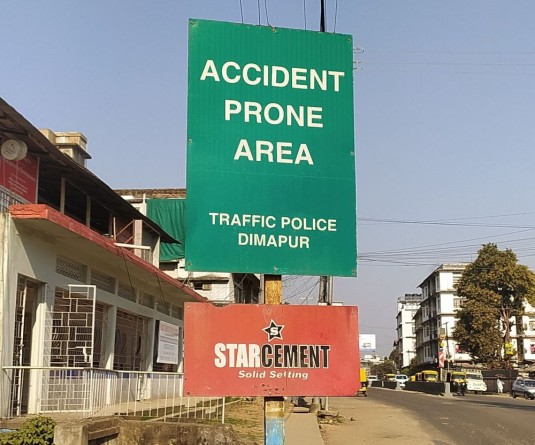
Z. K. Pahrii Pou
BTC, Pfutsero
Fishery if properly practiced can be an alternative source of livelihood for many thousands of Naga people. It will not only provide income but also save our environment. Let’s look at some of the benefits of fishery.
1. Farming Water through Fishery Ponds: Nagaland receives abundant rain during the monsoon period. However rain water that falls on the ground freely runs off the hills within few hours of rain. Despite receiving monsoon rain in abundance, people continue to face water scarcity. This rain water can be preserved or harvested through digging fishery ponds. As fishery ponds collect and retain water during rainy season, it will release it in small quantity, enabling rivers and streams to flow throughout the year with good amount of water. This will not only keep rivers alive but also help the farmers to cultivate their paddy field with sufficient amount of water. If hundreds of fishery ponds were dug in all the Naga villages, sufficient amount of rain water can be harvested and keep the river flows. Let us farm water through fishery. When good amount of water flows in the river, life of all forms will flourish.
2. Fishery as alternative source of income: For many Naga villages, cabbage farming is their main source of income. Many trees were cut and forest burnt down for this purpose. In this process the top fertile soil is exposed and rain and wind takes them away. Each year the soil fertility is decreasing forcing the cabbage growers to use chemical fertilisers which destroy the health of nature. Cabbage farming and cash crops not only destroys forest and soil fertility but is also labour intensive. Fishery can be done without much labour. It can be alternative source of income for these poor farmers. If a person dug a medium size fishery pond, s/he can easily rear fish for 200 kg and the income could reach Rs.50,000 (200 kg of fish x Rs 250 per kg) in a year. Fishery is an important aspect of sustainable livelihood that needs to be actively encouraged and practiced wherever suitable land is available.
3. Fishery as employment: With increasing number of unemployed educated youth in the state, government cannot give employment to all of them. Fishery can be a good source of employment for the youth by extending to them loan and subsidy. Therefore, fishery should be introduced to generate self-employment for thousands of poor villagers. Youth must be encouraged to take up fishery as well as dealing it in the market.
4. Fishery and natural vegetation: As hundreds of fishery ponds will retain and release water throughout the year, it will help plants and trees to grow in abundance. In return, these trees and plants will help in fertilising soil as well as recharge water source. With the flourishing of natural vegetation, the population of birds and animals will increase. Therefore, along with fishery, planting of trees that are locally suitable and ecologically viable will help in regenerating nature’s health.
5. Fish an important part of food: Nagas heavily depend on chickens such as broiler and layer for food. These chickens are fed with factory processed feeds that are heavily chemical-ised and are proven to be health hazard. At the same time, fish that are available in Kohima or Pfutsero market are mostly imported from outside the state. This fish may not have much health value as it spent months of its life during transportation. Locally cultured fish will give much better taste than imported fish. Locally grown fish will have great benefit for our health. Fishery can be essential part of food security.
Conclude: Fishery is one of the best means to harvest rain water and keep rivers alive. The state government must explore all possible means to initiate and encourage fishery among the Nagas. This will save rivers, provides water for agriculture and household consumption, regenerate nature and give employment to thousands of poor villagers. Fishery is easy. It can be cultured both as a hobby and as a livelihood.



